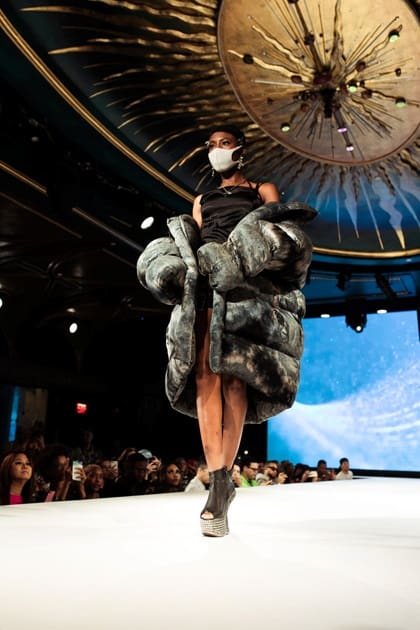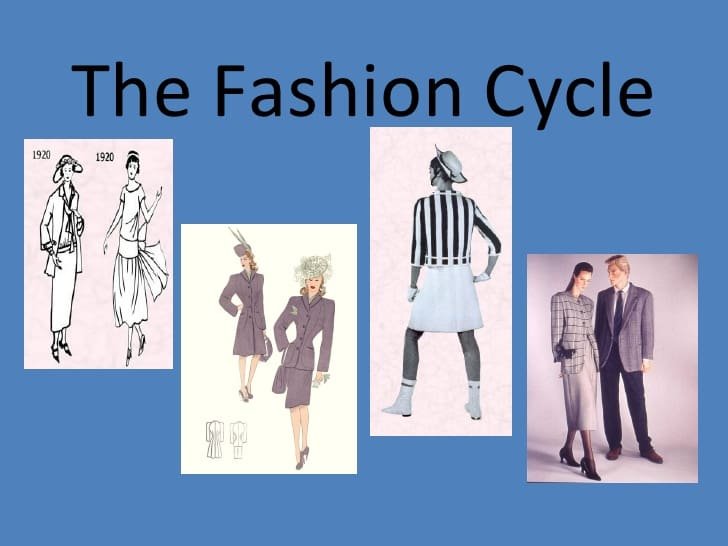
Image link: https://images.pexels.com/photos/135620/pexels-photo-135620.jpeg?auto=compress&cs=tinysrgb&dpr=2&h=750&w=1260
Source: Pexels
The fashion industry has long been a target for environmental activists and groups thanks to its high carbon footprint: think textile manufacturing, shipping to warehouses from all over the globe, and the like.
As such, luxury fashion brands are now grappling with this reality and pushing for drastic change. Gucci recently announced that it would be limiting its releases to two shows a year, a move that designer Alessandro Michele notes will allow him to “regain a new cadence, closer to my expressive call.” While this justification speaks to the creative side of design, there’s no doubt that this reckoning comes in line with the need for brands to revisit the fashion calendar as a result of the global health crisis.
Naturally, the fact that Gucci is spearheading this change also means it’s setting a precedent that other fashion brands would do well to follow. Other brands such as Dries Van Noten and Erdem have similarly called for their beloved industry to revisit its foundations. The question is, how does this emergence of slow fashion reconcile with the fast fashion model that’s grown increasingly prevalent?
Institutional change
The call for a more sustainable fashion industry isn’t just coming from designers. . Marie Clare reports that the British Fashion Council and the Council of Fashion Designers of America have issued a joint statement calling for the industry to change, noting that “there have been too many deliveries and too much merchandise generated.” They also called for collections to be released as needed to avoid customers purchasing in excess; rather than selling winter coats in July, the statement calls for these seasonal pieces to be released in the winter so that customers can be more mindful about buying just what they need.
It’s no secret that fast fashion often draws inspiration from the world of high fashion, so experts predict that this change will also limit how fast fashion operates as well. Furthermore, , research done by the University of Exeter’s Clare Saunders found that participants were less likely to buy from fast fashion brands after learning about the impact of mass-production.
Fast fashion is an institution built on precisely that — churning out fashion collections at a rapid pace — so it remains to be seen whether brands like H&M or Zara will forego that model entirely. There has been a recent push for sustainability from these brands when it comes to recycled textiles, but critics note that this will prove null without addressing the speed of the fashion cycle itself.

Image link: https://images.pexels.com/photos/3048347/pexels-photo-3048347.jpeg?auto=compress&cs=tinysrgb&dpr=2&h=750&w=1260
Source: Pexels
Minimalist clothes
The slower fashion model has also impacted how the clothes themselves are designed.
The rise of slow fashion has meant that timeless, versatile pieces are now the name of the game. The shirt dress is a perfect case in point. Fashion and lifestyle website Pretty Me notes that this dress style has catapulted into the mainstream thanks to its timeless silhouette and the ability to suit a whole range of body types. The beauty of a shirt dress is that it can easily be dressed up or down depending on the occasion. When paired with neutral colours and crisp fabrics, the shirt dress epitomises the new shift towards minimalist and mindful dressing.
Brands like Everlane and Universal Standard have built their collections around seamless basics that can be endlessly mixed and matched. This is also why the demand for durable, wearable fabrics has gone up; one need only look at the growing popularity of linen or the need for brands to invest in organic, sustainably-farmed cotton.
Our previous post on the Future of Fashion is Digital highlights that the fashion industry is undergoing huge change, the likes of which many insiders and brands have never experienced. It remains to be seen how brands and fashion collectives will reshape the industry for a more sustainable future.
Exclusively written for TextileValueChain.in
By: Rose Janet
Rose Janet is a budding fashion designer with a strong interest in sustainability. She believes that fashion doesn’t have to pollute the planet, and that you should be able to dress up as a way to both feel and look your best.

